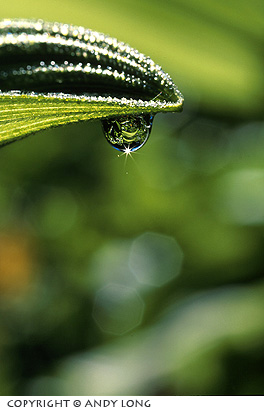
Wildflowers photography and flowers in general are one of the most photographed subjects in nature. With so many images of flowers out there, from extreme close-ups to fields of flowers, coming up with something new and imaginative takes a little bit of work and imagination.
You may not come back with the unusual perspective each time, but as always, just keep practicing and looking for that special composition.
No matter what subject draws your attention during a trip into the field, there are certain steps you should take every time you get ready to do some flower photographing work.
And since these flowers are static subjects, you have time to go through a mental checklist to make sure that what you’re about to photograph is what you want before pressing the shutter button.
The Mental Checklist For Wildflowers Photography
Before you take a picture (any picture) ask yourself these questions:
Which lens should be used?
What’s included within the frame – does it support or distract from the subject?
What camera position will best frame the subject – high, low, side..?
What provides compositional organization or unity?
Do I want the background to be sharp or blurred?
Which aperture will achieve the desired effect?
What is the quality and intensity of the light?
Is the scene of high or low contrast?
If the subject is in motion, should it be blurred or frozen?
Depending upon the subject, you might not have to go through each of the questions, but more than likely you should be able to ask yourself several of them to help you take a pleasing image.
Probably the most important questions are the first two, as they coincide with each other – What lens should be used and what’s included within the frame? If you’re working an individual or small cluster of flowers, the supporting elements in the frame are very important. You want your final image to be as clean as possible so your subject pops.
The best way to approach wildflowers photography is to run the focus on your lens from the nearest focal point to the furthest to see if there is some ghost hiding in there, such as a blade of grass you may not have seen when focusing on the flower itself.
This is one thing photographers neglect to do more than anything else. Everyone has taken what they thought was the perfect photograph, only to look at the final product and ask themselves, “Where did that come from? I didn’t see that when I made the photo.”
Included with the mental checklist, you also have three essential factors to consider when taking a picture. These apply to all subjects you photograph, but most definitely with wildflower photography.
1. Framing and composition
2. Foreground / background relationships
3. Understanding light
As you can see, these items relate to some in the mental checklist, showing how important they are in order to create memorable images.
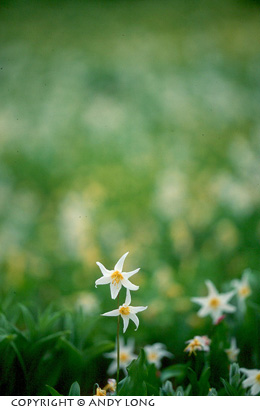
Photo Tips to Make Wildflowers photography Easy
Here are some flower tips to keep you busy, but keep in mind, no matter what you’re photographing, these tips can help make the process a little easier, or maybe give you some new ideas for making those great photo.
1. Meter on the color extremes. If it’s within two stops split the difference; if it’s within three or more, expose for the most important color.
2. A polarizing filter deepens and enriches the colors, while eliminating the glare on the petals and leaves.
3. A reflector, white on one side and silver or gold on the other, helps control the lighting and shadows.
4. Try some double exposures where the first part is in focus and the second is out of focus.
5. Bracket with depth of field. When doing macro work, you will have a much shallower depth of field than with other lenses. F/11 is a good starting point when doing macro work of flowers.
6. Using the sky as a backdrop is certainly O.K., but if the flower is bright or pale in color, the subtleties of the flower may get lost and the color faded out.
7. Use a group of flowers as a foreground subject with a great backdrop, be it a waterfall,
bridge, hill or mountain.
8. Find the best camera position. Examine the subject from all the different angles. Move in and out and notice how the foreground and background relate to each other.
9. Focus and find the aperture needed for desired depth of field
~ Focus on the closest element and note the distance on the lens barrel.
~ Focus on the farthest element and note the distance on the lens barrel.
~ Rotate the focusing ring until both distances fall within one pair of depth of field lines.
10. Parallel the subject. Choose the most important part of your image and make sure your lens plane aligns with it.
11. Even if working with autofocus equipment, set your lens to manual focus so you can have control over where your main focus is placed.
DIFFERENT LENSES FOR DIFFERENT EFFECTS
To take home good wildflower and flower images, you can use practically any lens you have in your camera bag, be it a 24mm wide angle, a macro lens or a telephoto lens in the 200mm to 300mm range.
Wide Angle Lenses
A wide angle lens can be used to capture a large field of flowers in a variety of styles, all based on camera position. If you get low to the ground and only use the field of flowers, it will allow you to bring the foreground subjects closer.
By incorporating the sky or a distant element in the background, the foreground subject will seem less prominent. No matter which of these techniques are used, you will need to use hyperfocal distance to achieve maximum depth of field.
Another way to use a wider angle lens is to find a cluster of flowers and fill the frame with the subject. This portrays the feeling of almost being inside the subject.
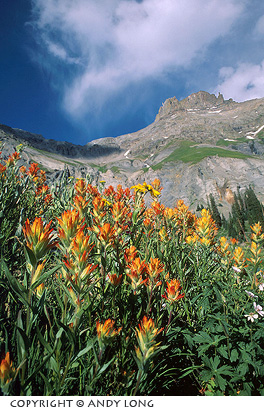
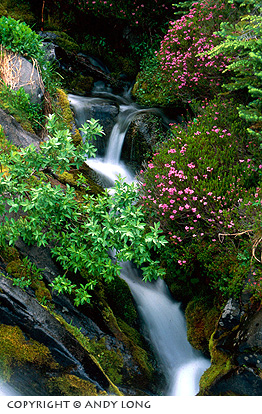
Telephoto and Mid-range Fixed Focal Length Lenses
Moving up in size to telephotos and mid-range fixed focal-length lenses – these can be used to isolate your subject easier than with other lenses. The one problem you run into with using medium telephotos is your working distance is increased. To obtain closer focus you can use extension tubes.
The advantage with using these lenses is that you can really work with controlling the depth of field and isolating the subject. This lens works best if there is for instance, a hillside of flowers and you just want to isolate one flower in the field and leave the others out of focus.
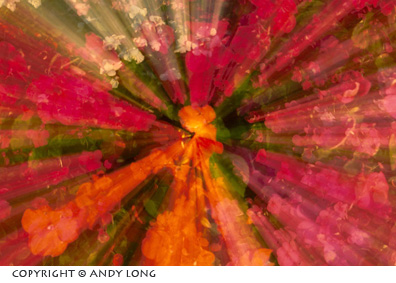
Zooming creates some interesting effects and it is good to try when the wind won’t allow for sharp detail.
Another reason for using a telephoto lens for wildflowers is if the subject is a little too far out of range for another lens. A good example of this would be a small waterfall with some nice flowers along the edge. By using a telephoto lens a portion of the waterfall can be isolated along with the flowers in the composition.
Do some experimenting with other zoom techniques. Look for a batch of flowers with a variety of colors and zoom from one focal length to the other. This works best if the zoom you use has a wide range, i.e.; 70-200mm as opposed to 20-25mm. Stop down as far as the lens allows so you can get a long shutter speed. As you depress the shutter button, zoom the lens. This gives you an explosion of color.
Macro Lenses
Switching to a macro lens, or using an attachment, allows for close-ups, letting one capture the details of an individual or small group of flowers. Now the options expand even more. This type of photography allows you to explore the world many people see but don’t really see. Getting close to the flowers lets you see the intricate detail within your subject.
One of the primary points to be considered when using close-up equipment is how much depth is needed and where the viewer’s eye will focus.
When using close-up equipment there will be less depth of field than with other lenses, so if the flower being photographed has a fair amount of depth to it, you will need to stop down quite a bit to get the entire flower in focus. If there is no wind, try stopping down all the way to allow for maximum depth. The details achieved will be amazing.
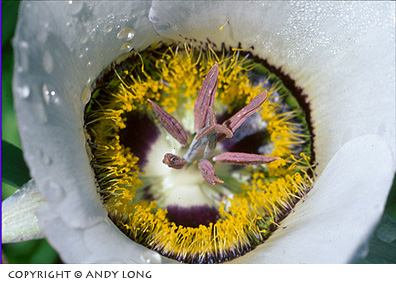
Checking exposure for the different colors lets you balance the image. Depth of field lets you choose how much you want in focus and macro lens lets you fill the image frame.
Tight macro work also allows the photographer’s creativity to come into play. By moving tight inside a flower you can focus on colors, shapes and designs within the subject. When trying to isolate just a small portion of the flower more than 1X will be needed to accomplish this.
Keep in mind that with greater magnification, there will be less depth of field, no matter what f-stop is used. To get more depth of field, use a flash to bring out any detail beyond the focus point.
Stacking different lens combinations will allow for more extreme close-up work. Putting a teleconverter on the camera body, followed by extension tubes and then a macro lens allow you to get way down inside the flower.
So grab that camera gear, go through your mental checklist, decide on the perfect lens for the subject, set up your composition and have a great time creating stunning flower images.

A telephoto provides for cropping in an area where the flowers add to the running water.

Using a wide angle lens and getting close to the subject makes the objects close to you seem larger. Hyperfocal distance allows for a good focus on both near and far subjects.
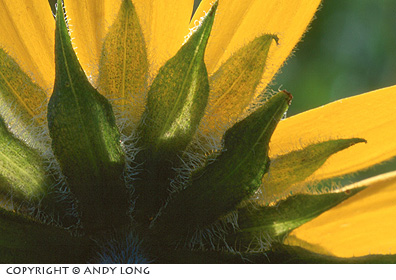
Macro equipment lets you choose how much of the flower you want to have in the frame by way of positioning and cropping.
by Andy Long
First Light Photo Workshops
All text & photos: © 2013 Andy Long. All rights reserved.

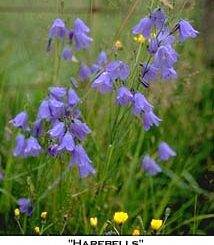
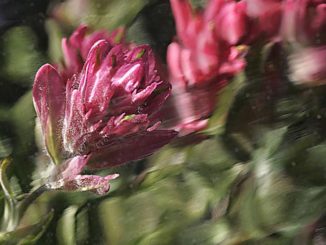
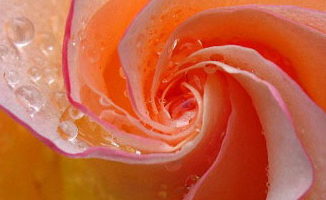
Leave a Reply